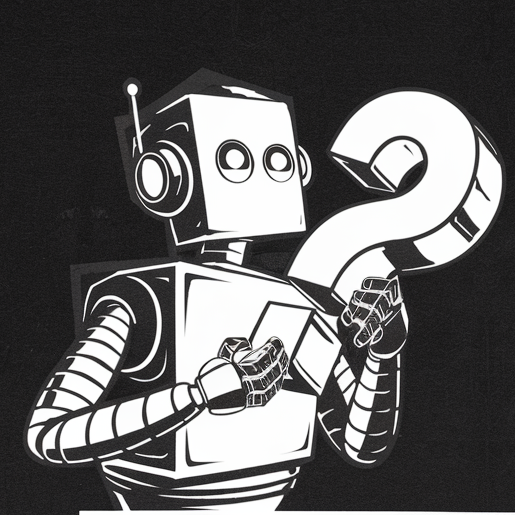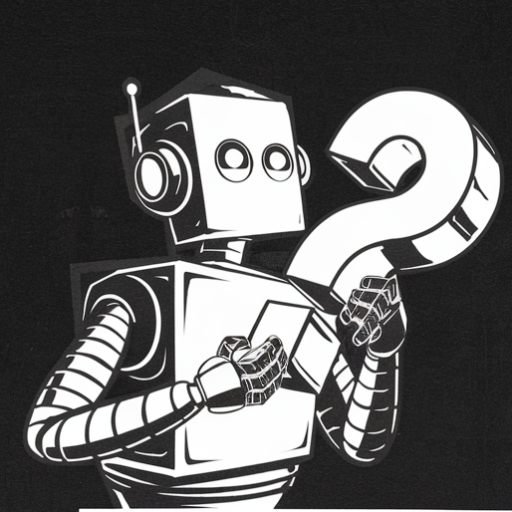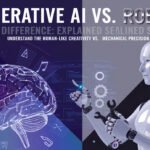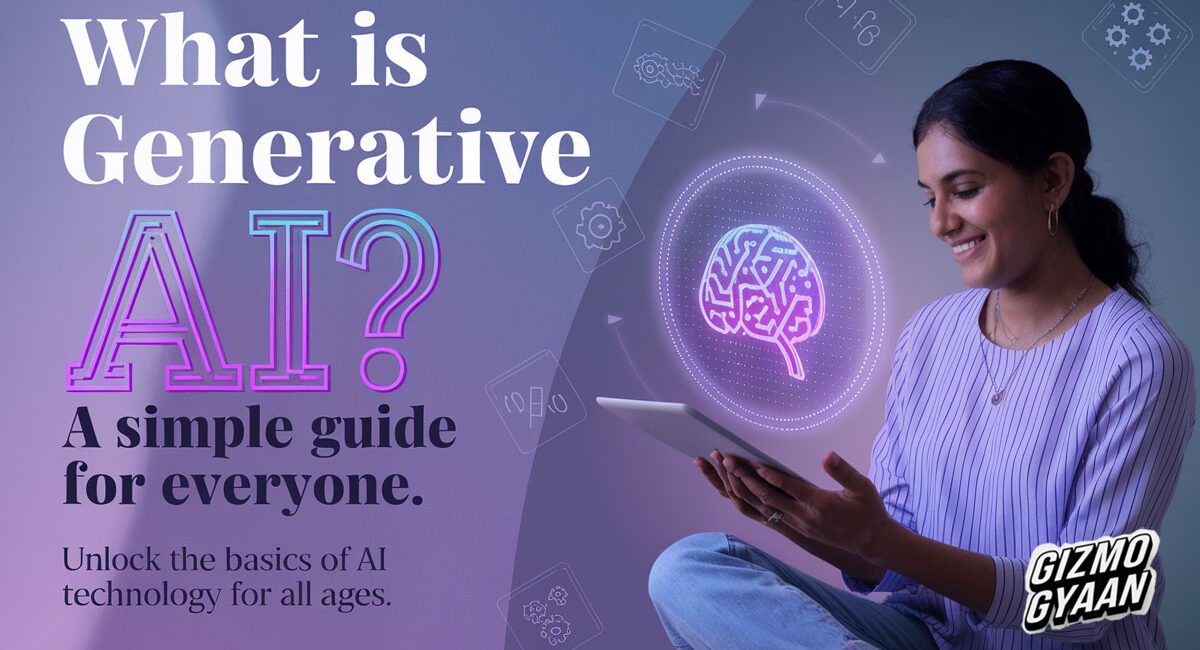Generative AI is one of the most exciting and talked-about advancements in technology today. You may have heard of tools like ChatGPT, DALL-E, or MidJourney, but what exactly is Generative AI, and how does it work? Let’s break it down in the simplest way possible.
What is Generative AI?
Generative AI is a type of artificial intelligence that can create new content, such as text, images, music, videos, or even code. Unlike traditional AI, which analyzes and predicts based on existing data, generative AI produces something new by learning patterns from the data it’s trained on.
Example:
Imagine asking a chef to bake a cake they’ve never made before. They’d use their knowledge of ingredients and baking techniques to create something new. Similarly, generative AI uses its “knowledge” of data patterns to create unique outputs.
How Does Generative AI Work?
Generative AI uses advanced models like:
- Generative Adversarial Networks (GANs): Often used for creating images, GANs involve two neural networks—a generator and a discriminator—working together to produce realistic outputs.
- Transformer Models: Like OpenAI’s GPT, these models use massive datasets to understand and generate human-like text or code.
Example:
If you tell a generative AI tool, “Write a bedtime story about a cat and a dragon,” it will analyze its data to come up with a completely new story about a cat meeting a dragon and their adventure.
Where is Generative AI Used?
Generative AI has a wide range of applications, including:
- Content Creation: Writing blogs, generating social media posts, or drafting emails.
- Image and Video Generation: Creating AI art, animations, and video content.
- Healthcare: Developing personalized treatment plans or drug discovery.
- Education: Assisting students with assignments or language learning.
- Entertainment: Composing music, designing games, and creating virtual environments.
Example:
- A small business owner can use generative AI to design a flyer for a sale, saving the time and cost of hiring a designer.
- A student struggling with essay writing can use AI to draft ideas or structure their content.
Generative AI vs. Robots: What’s the Difference?
Many people confuse generative AI with robots, but they are not the same:
- Generative AI: Focuses on creating content and solving creative or intellectual tasks.
- Robots: Physical machines that perform actions, often powered by AI for automation.
Example:
Generative AI can write a script for a play, but a robot would act out the scenes or set up the stage.
Examples of Generative AI Tools
- ChatGPT: Generates human-like text responses.
Example: Ask it for meal planning tips, and it’ll give you a list of ideas based on your preferences. - DALL-E: Creates unique images from text descriptions.
Example: You describe “a cat sitting on a moon,” and DALL-E generates a picture for you. - Synthesia: Produces AI-generated videos with virtual presenters.
Example: Create a video presentation for work without recording yourself.
How Does Generative AI Impact Our Daily Lives?
Generative AI is already making everyday tasks easier:
- Automating Tasks: Writing emails, creating designs, or generating reports.
- Learning Tools: Helping students write essays or solve math problems.
- Creative Assistance: Providing ideas for blog posts, social media captions, or even recipes.
Example:
Imagine you’re planning a birthday party and need ideas for decorations, a theme, or invitations. Generative AI can generate creative suggestions and even design an invitation card for you.
Is Generative AI Safe?
Generative AI is incredibly powerful, but it comes with challenges:
- Misinformation: AI-generated content can sometimes spread false information.
- Bias: AI models can inherit biases from the data they’re trained on.
- Ethics: Questions about copyright and originality arise with AI-generated content.
Example:
If you ask an AI tool to write about history, it might generate biased information if it was trained on biased data. Always fact-check AI-generated content.
The Future of Generative AI
The future of generative AI looks promising:
- More Accessibility: Tools will become easier to use and more affordable.
- Advanced Creativity: AI will create more complex and realistic content.
- Personalization: Expect AI to tailor solutions specifically for individual needs.
Example:
In the future, you might have an AI assistant that knows your favorite dishes and dietary restrictions, suggesting recipes and even generating a shopping list.
Final Thoughts
Generative AI is transforming how we work, create, and interact with technology. It’s a tool that can empower creativity, save time, and solve complex problems. Whether you’re a student, a professional, or just curious, generative AI has something to offer.
Got questions about Generative AI? Drop them in the comments!









